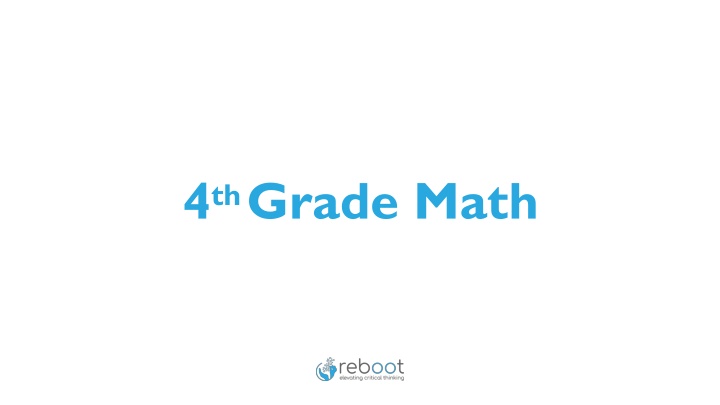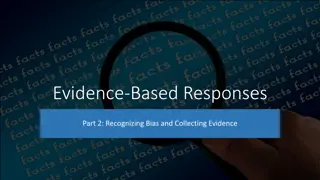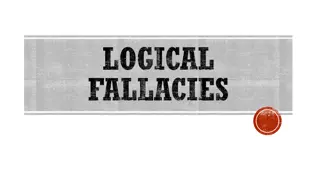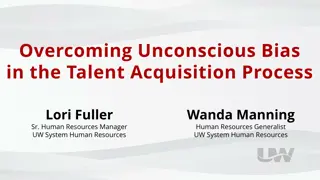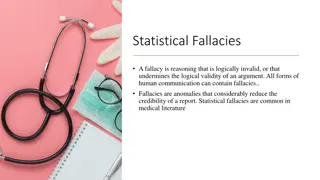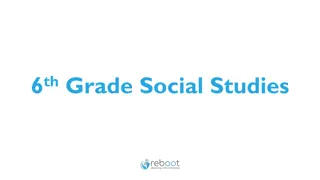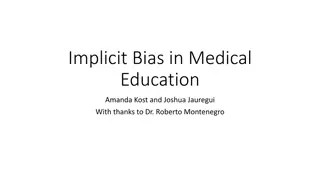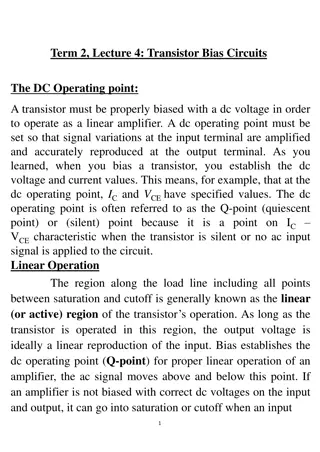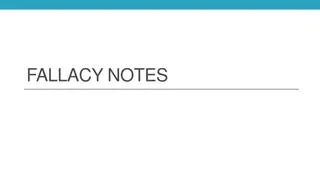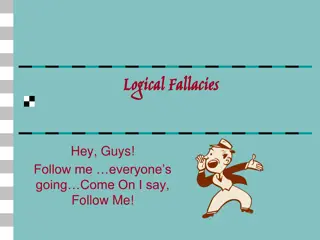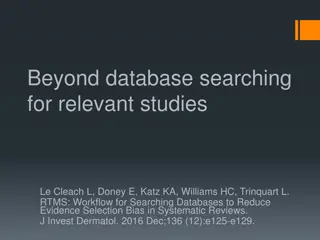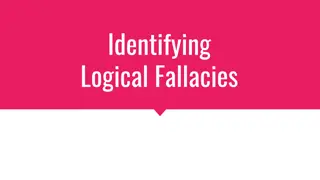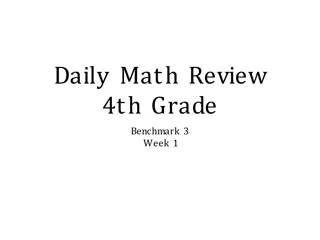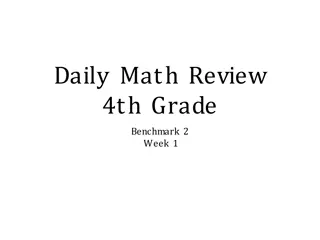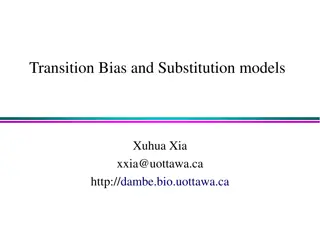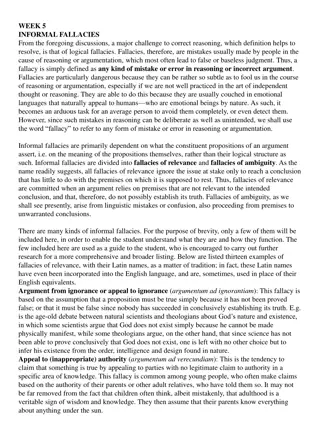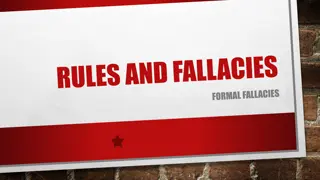4th Grade Math Fallacies and Bias
In this educational material, students will learn about identifying biases and fallacies in math examples through critical thinking. The content covers important concepts like correlation not implying causation, bias detection, and random chance. Students will explore real-world examples to understand how biases can influence perceptions and decisions in mathematical scenarios.
Download Presentation

Please find below an Image/Link to download the presentation.
The content on the website is provided AS IS for your information and personal use only. It may not be sold, licensed, or shared on other websites without obtaining consent from the author.If you encounter any issues during the download, it is possible that the publisher has removed the file from their server.
You are allowed to download the files provided on this website for personal or commercial use, subject to the condition that they are used lawfully. All files are the property of their respective owners.
The content on the website is provided AS IS for your information and personal use only. It may not be sold, licensed, or shared on other websites without obtaining consent from the author.
E N D
Presentation Transcript
Objectives The students will be able to explain why this example is biased or contains a fallacy. The students will be able to identify the type of bias or other fallacy in a math example by using critical thinking skills. 4th Grade Math 2
3 main fallacies Correlation is not causation Bias Random chance 3 4th Grade Math
Find Bias Look in newspaper or magazine articles for bias. Find an example of bias with numbers. Be ready to explain how this bias is a fallacy. 4th Grade Math 4
Bias An opinion or thought not based on evidence or experience 5 4th Grade Math
Math example There is a sale at a store.The price tag is hidden.Without looking at the price tag, a woman makes a comment that she could afford the small piece of jewelry because she has $100,000. Bias Look at the price tag of the small piece of jewelry. Round the price tag to the nearest hundred thousandths to determine if the woman could afford it. An opinion or thought not based on evidence or experience - Could include a group - Could include more information or withhold information to persuade the reader $999,010.00 6 4th Grade Math
Correlation is not causation Two or more things are related, but one does not cause the other 7 4th Grade Math
Find Correlations! Find two numbers or situations that have something in common with each other. Explain how these numbers are related. 4th Grade Math 8
Math example Correlation is not causation Two or more things are related, but one does not cause the other. The fraction, 5/8, must be a bigger fraction than the other because both numbers in this fraction are larger than the other fraction, . 9 4th Grade Math
Random Chance A way in which luck or chance occurred for an event to happen with no strategy being involved 10 4th Grade Math
Bingo Chances Explain how playing bingo is a game of chance.What probability do you have for winning? 4th Grade Math 11
Math example Patterns and sequences happen in nature. Look at the picture of the tree and number of branches.What would be the next number in the patterns? Random Chance A way in which luck or chance occurred for an event to happen with no strategy being involved 4th Grade Math 12
Review 3 main fallacies Correlation is not causation Bias Random chance 4th Grade Math 13
